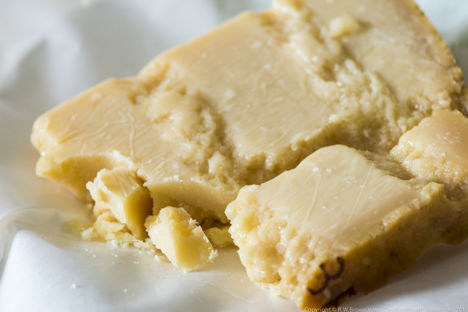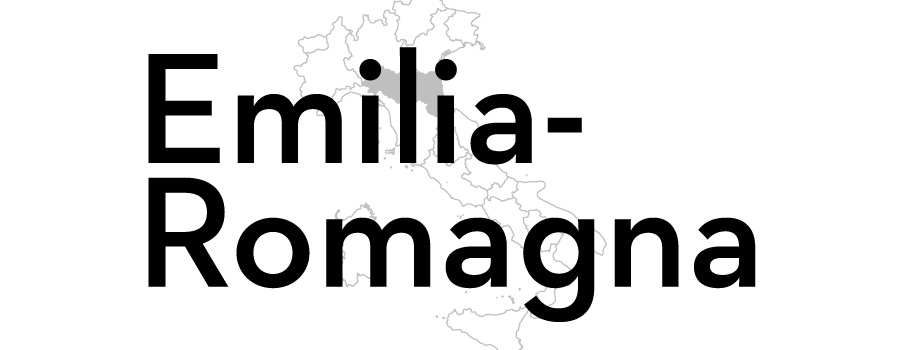
Parmigiano Reggiano
British chef Russell Brown was inducted into the fascinating world of Parmesan production while on a recent holiday in Italy.
Parmigiano Reggiano
British chef Russell Brown was inducted into the fascinating world of Parmesan production while on a recent holiday in Italy.
I find winemaking and cheesemaking completely fascinating, awestruck by the thousands of different wines and cheeses produced from, in essence, one raw ingredient – grape juice or milk. The production varies, as does the terroir, climate and skill of the producer but the variety of the end product is staggering.
A trip to Italy, the Emilia-Romagna region, had to include a visit to a dairy making Parmigiano Reggiano, but I really wanted to see something small where I would have chance to learn about the whole process. Enter Helena from True Yummy Italy, a native English speaker who has been living and working in the region for several years. Helena organises small group or individual tours to a range of artisan producers who she has built personal relationships with.
We met Helena at the dairy high in the hills above Modena and began a private visit to the tiny Rosola dairy in Zocca. Milk was being delivered as we arrived, but the cheesemakers, just the two of them, were already working.
Making Parmigiano is a complicated process that is strictly controlled by the consortium to maintain standards and the value of the cheese. Only cheeses that comply receive the DOP label. One interesting requirement is that the cows aren't fed any fermented fodder such as silage, just grass and hay. If fermented fodder was used, an extra enzyme would be needed in the cheesemaking process. Rosola produces organic Parmigiano from the rare Modenese white cow, amongst others. Only six cheeses are produced in a day, each requiring 1100 litres of milk to yield two 45kg cheeses. Milk from the evening milking is skimmed and mixed with the full fat milk from the morning milking, then rennet is added and the milk is heated in copper vats to a temperature around 55℃. The process at Rosola relies entirely on the skill and experience of the cheesemaker – no temperature probes, gauges or print-outs, just feel. Equally, no chemicals are used in the dairy, cleaning being done with the whey, which has natural antiseptic properties, and steam.
Once the curds are cooked they are allowed to settle, then around half of the whey is drawn off to make ricotta. Real ricotta I mean. Fresh ricotta, bought and used within twenty-four hours of production. Delicious, light and without any of the chalky texture of the supermarket varieties we are used to in the UK.
The process of lifting the curds from the bottom of the vats and catching it in the cheese cloths is a cross between ballet and weight-lifting. The cheesemakers work with the buoyancy of the curds in the whey in a display more of skill than brute strength. The cheese is divided into ‘twins’ and hoisted in their cloths onto the bar across the vats.
Next, the fresh cheese is transferred to the first mould for pressing. The subsequent steps include forming with a band that contains the familiar Parmigiano Reggiano markings, brining for around twenty days and then the lengthy maturation process, a minimum of twelve months but often as long as sixty months. At the twelve month mark, the cheeses are inspected by the consortium to determine their quality. If up to scratch, they are branded with the consortium’s distinctive mark. Each dairy has a quota, so at Rosola they also make a fresh cheese from the milk that can’t be used for Parmigiano. From the cream that is skimmed from the evening milking they make butter and any remaining whey not used to make ricotta is used to feed pigs that end up as Parma ham. A perfect example of traditional agriculture that forms the heart of a community.



